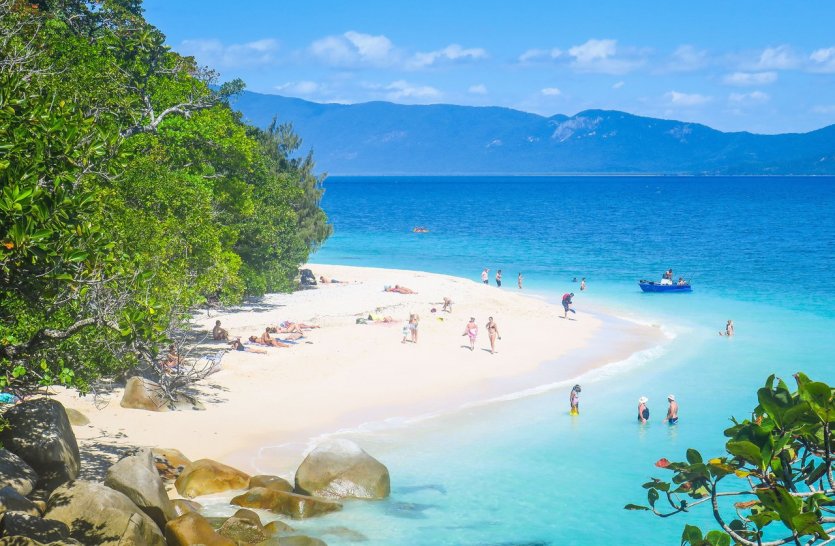
An island-continent, Australia evokes adventure, road trips and wide open spaces. From the vast Outback to the Great Barrier Reef, it is full of natural sites to discover, so you will have to prepare your itinerary before leaving for Australia! For a first trip, focusing your visits on the north of the country is a very good idea. It is divided into three main regions: Western Australia, the Northern Territory and Queensland, forming a true concentrate of Australia's natural beauty. In particular, we see a rare endemic fauna composed of kangaroos and other koalas. As for culture, one of the oldest civilizations in the world, that of the Aborigines, is to be discovered. To help you find your way around Australia's vast northern territory, here are some must-see sites
The Great Barrier Reef, Australian treasure
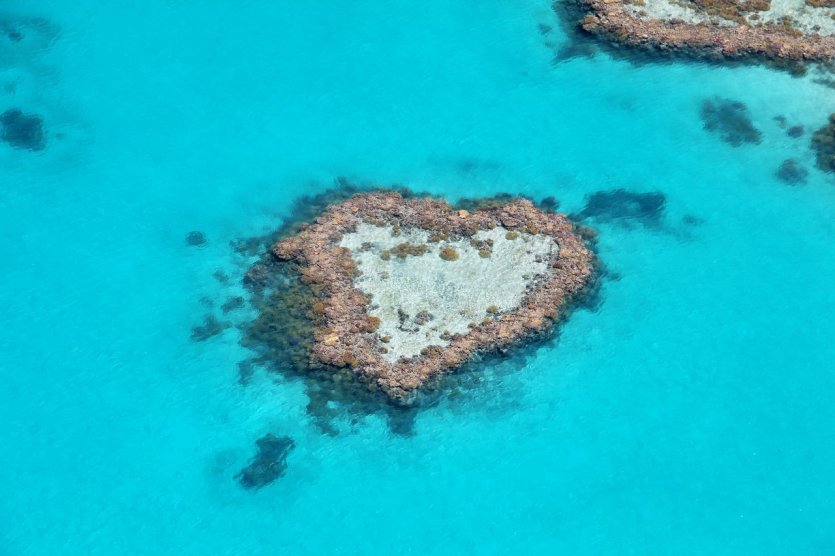
The Great Barrier Reef is the world's largest coral reef, stretching 2,500 km from the tip of Cape York to Bundaberg in the Queensland region. This unique and beautiful site, classified as a UNESCO World Heritage Site, is home to more than 1,500 species of fish and 400 types of corals: it is a diver's paradise! An underwater world has formed around the Great Barrier Reef, it is important to practice responsible tourism while respecting the area which is particularly threatened by global warming
Kakadu National Park, a concentrate of beauty
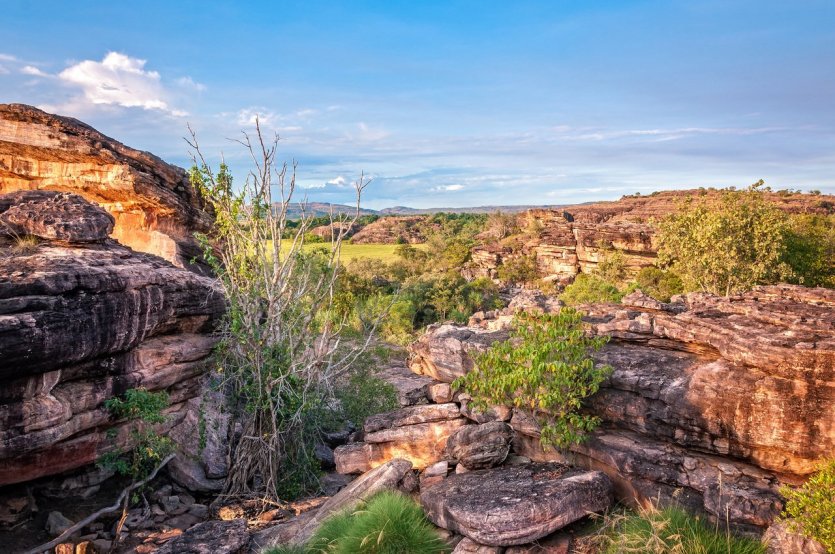
A UNESCO World Heritage Site, Kakadu is Australia's largest national park. It is located 250 km from Darwin, in the Northern Territory. In Kakadu, we follow in the footsteps of the Aborigines who have lived on this land for more than 50,000 years: the rock paintings are a brilliant example of this. The other inhabitant of the park is the huge marine crocodile that lives in the mangrove swamp, but also the buffalo and the wild pig. Discovering Kakadu National Park is an opportunity to immerse yourself in Australian cultural and natural history
The Whitsunday Archipelago, an idyllic setting
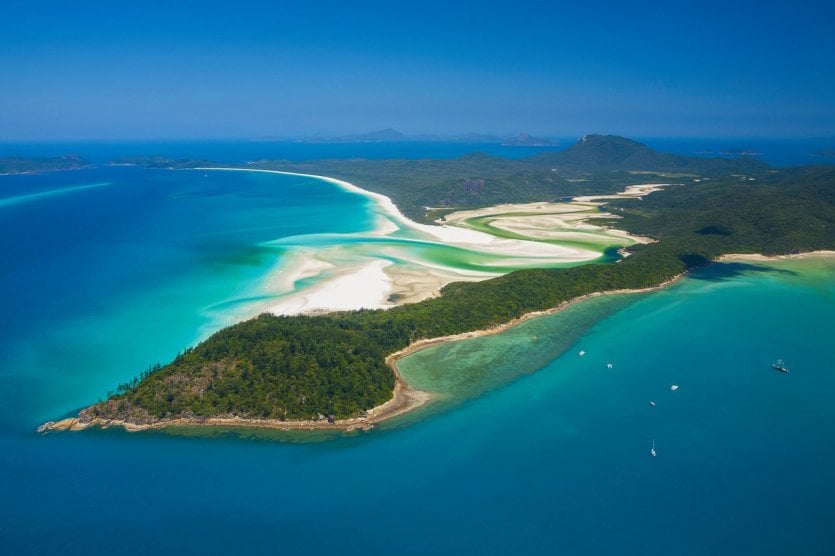
The Whitsundays archipelago is located in Queensland, its 74 islands of rare beauty are bordered by beautiful white sandy beaches - Whitehaven Beach is a must see! The turquoise waters of the archipelago are populated by an exceptional marine fauna that can be discovered during a diving or snorkeling session. But you must also admire the archipelago from the sky, especially its famous Heart Reef, a romantic heart-shaped reef!
Daintree, a vast primary forest
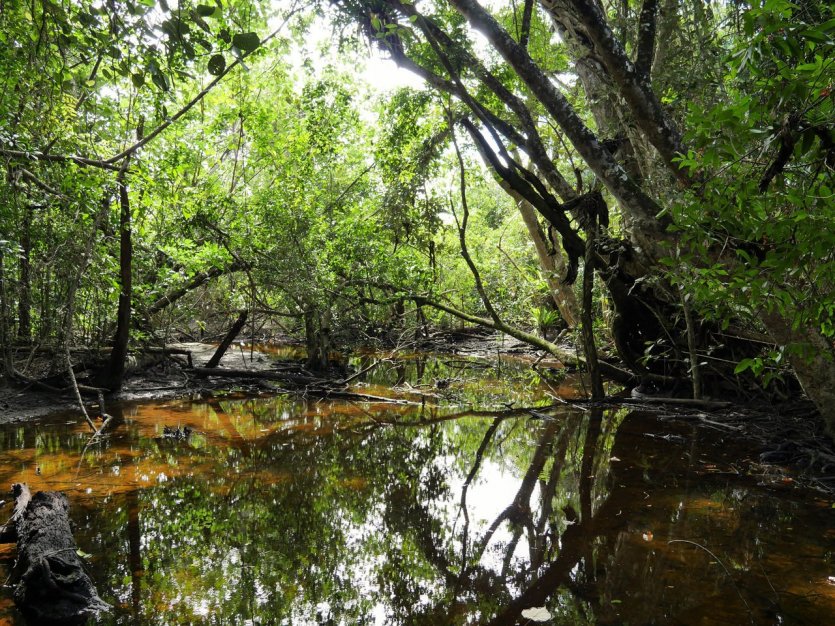
Australia is a first-class natural sanctuary, Daintree National Park is one of its jewels. These 900,000 hectares of greenery classified as a UNESCO World Heritage Site form a thick tropical forest. From vine to vine, orchids and palm trees are revealed and crocodiles watch over the banks of the Daintree River. You can also see possums or fluorescent frogs. A real breath of fresh air, only 80 km from Cairns
Tiwi Islands, off the beaten track

North of Darwin, the Tiwi Islands are a very beautiful stopover on a trip to northern Australia. The limited access to tourism on Melville Island and Bathurst Island guarantees travellers a change of scenery. We visit these two islands for their unique fauna and flora, but also and especially for their well marked culture. Aboriginal art is particularly prominent on the Tiwi Islands, including jilamara, a body painting technique used during ceremonies. You can also learn all these artistic techniques from the local population
Darwin, a tropical capital
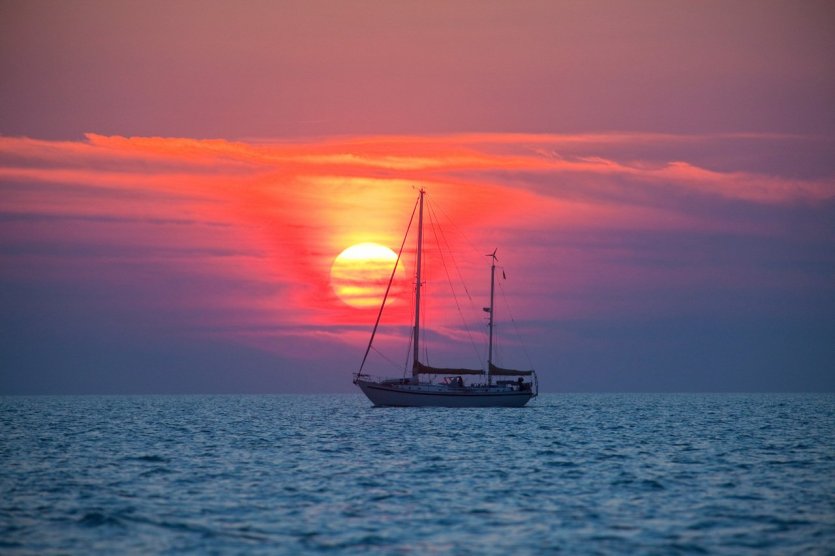
Darwin is the capital of the Northern Territory. Located on the Timor Seafront, it is an ideal base for visiting Kakadu and Litchfield National Parks. Dynamic, Darwin offers many activities for visitors passing through, one of the most popular is the boat cruise at sunset. Berry Springs Nature Park, only 55 minutes from the city, is also very pleasant to swim in white water, without crocodiles since the area is safe!
Litchfield National Park, in the heart of the rainforest
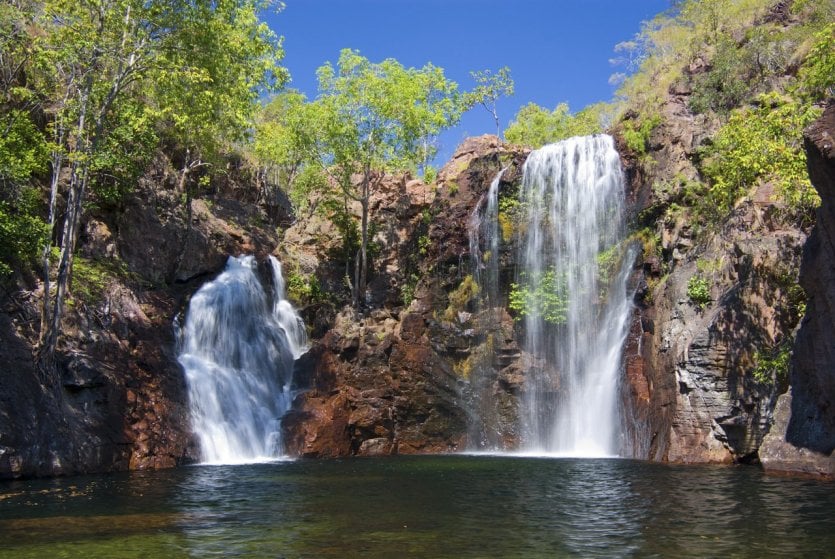
Just a two-hour drive from Darwin, Litchfield National Park is one of the best places to go green. Natural attractions follow one another: impressive waterfalls like Florence Falls, small natural swimming pools like the Buley Rockhole, the park offers many opportunities for hiking during both dry and wet seasons. However, you should be aware that during this wet season, some unpaved roads may be closed.
The Kimberleys, an extraordinary region
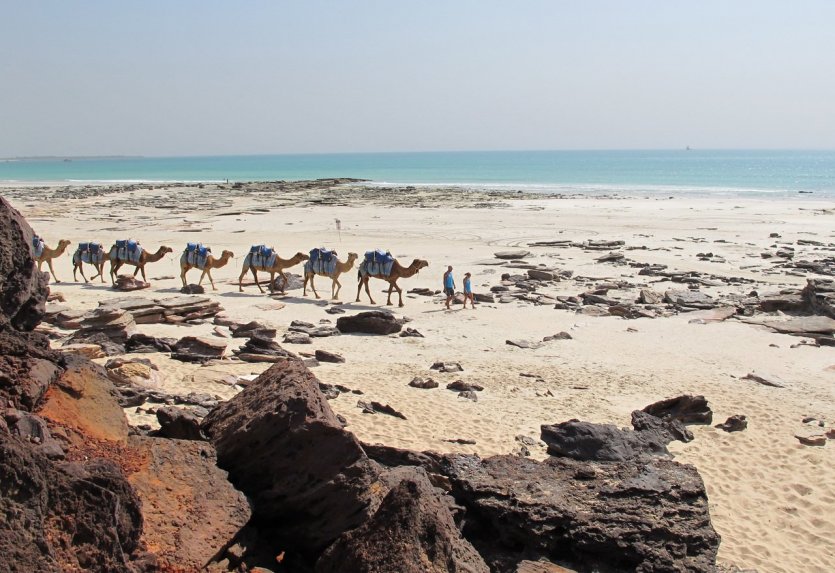
The Kimberley region is discovered from the city of Broome in the Northern Territory. Famous for its sublime white sandy beach, Cable Beach, crossed every day by camels, Broome is a first step towards a change of scenery. The Kimberley is a wild and isolated region with a relatively small population, including the Buccaneers archipelago where it is pleasant to isolate yourself on one of its thousand islands with changing tides
Undara National Park, discovering the Outback
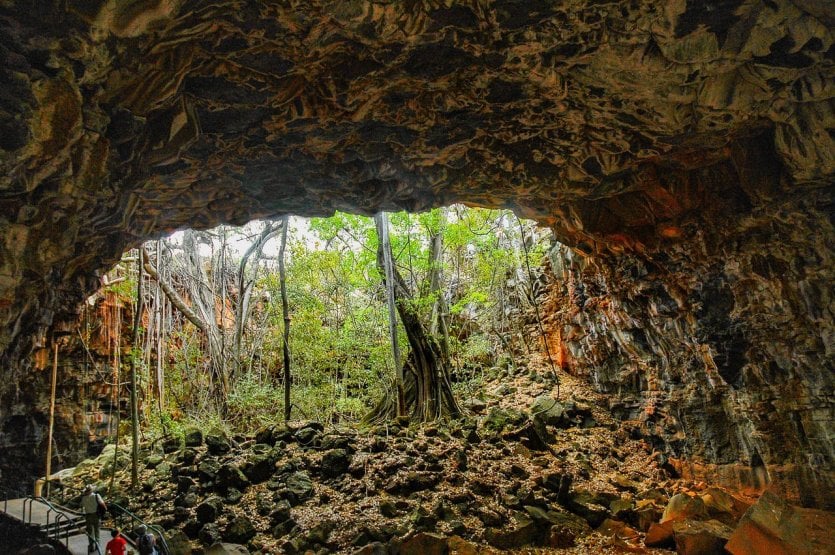
Queensland is an open door to the Outback, Australia's typical orange-coloured hinterland. 275 km from Cairns, in this famous Outback, is Undara National Park, an atypical network of giant tunnels. Formed more than 190,000 years ago by lava flows, this unique maze is fascinating. One of its corridors is 160 km long, but as claustrophobic people are not afraid, some open passages offer a very beautiful view of the surrounding vegetation. Plan good shoes as the visit is not easy!
Fitzroy Island, a paradise island
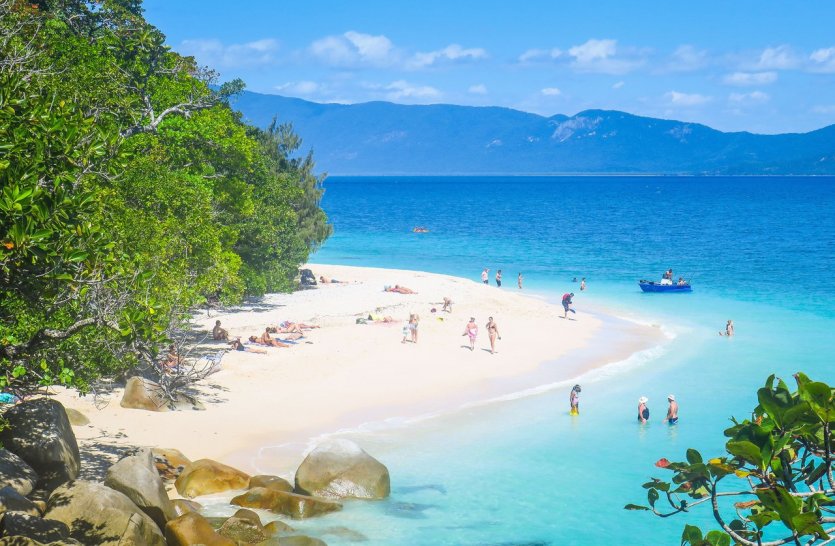
45 minutes by boat from Cairns, Queensland, Fitzroy Island is a protected natural site. There are white sandy beaches of rare beauty like Nudey Beach. In addition to swimming, several activities are possible on the island such as snorkeling or hiking in the rainforest. The Turtle Rehabilitation Centre is also worth seeing: it allows you to observe marine turtles more closely and above all to admire the work of the trainers who do everything possible to preserve the species


